Differences between European and American Kitchens
In Europe, kitchens are completely separated from the rest of the house. Preparing food in front of guests doesn’t typically happen because it’s considered “unglamorous.” Typically, Europeans eat in a dining room and not in the actual kitchen where the food is being prepared. Kitchen sizes are smaller with less light and counter space than many American homes. They purchase food fresh daily because refrigerator sizes are smaller. There refrigerators are about half the size of Americans. They also don’t sell refrigerators that incorporate ice machines like ours. Frozen foods are not as typical in Europe as America. It’s not always common to have as many appliances either like a coffee maker, garbage disposal, microwave, and dishwasher. Washing machines are set up in kitchens where typically the dishwasher would go in America and it’s uncommon to have a drying machine because they hang their clothes. Dishwashing machines contain far less water and conserve more energy. German dishwashers are now sold in the USA by one well-known manufacturer the Bosch Company. These dishwashers have European design and engineering coupled with American manufacturing. You do not have to pre-rinse with these dishwashers. The Nova Tronic line has many options like washing just the top rack of the dishwasher to help save energy and not to waste unnecessary water.
Europe has frameless cabinets while America uses framed. Framed cabinets have a face frame that is visible from the front view while unframed cabinets are attached directly to the corner of the cabinets and not to the front frame. When going for a contemporary look, use frameless; if you want a traditional look use framed. Frameless cabinets are easier to maintain but harder to install.
When purchasing a house or apartment in the US, appliances and light fixtures are usually sold with the house, but in Germany for example they are taken with the previous owner. You have to buy all new appliances when moving unless you have them from previous homes. Hardware is different too. For example, door hardware in America has circular knobs while in Germany they have handles. Window screens are common in America while in Europe shutters are more prominent. Window operability is different where Americans typically use a sliding mechanism vertically or horizontally and Europe uses hinged or swinging. Lastly, if you have ever traveled to Europe you will know that power sources and voltages are different. Europe uses 220 volt 50 hertz while the US uses 110 volt 60 hertz. Our way of doing it is supposed to be safer than the European way because our voltage is lower.

